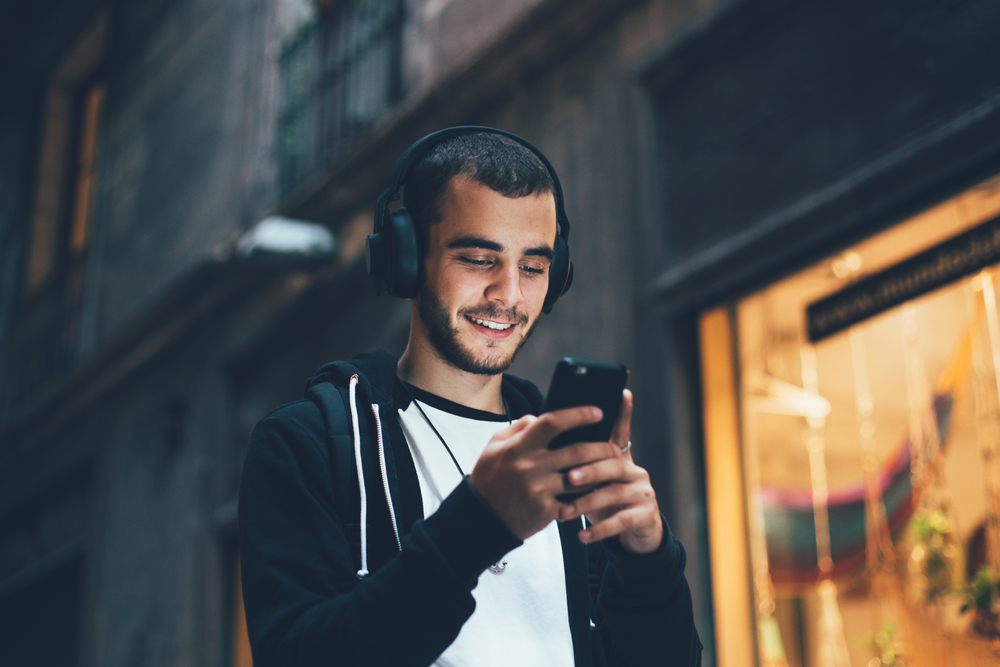
James is a music enthusiast who has excelled in the art of integrating his favored music into his daily life, easily shifting from Spotify at his workdesk to Pandora on his runs, and carefully crafting playlists to beautifully enhance every activity, whether he’s pumping iron, whipping up a meal, or immersed in a gaming session. His headphones are his constant partners, converting his life into a completely soundtracked experience. James takes comfort and delight in the captivating realm of music, but the very source of his happiness might be harming his treasured ability to hear without him recognizing it.
Regarding our ears, there are both safe and dangerous ways to indulge in music. Regrettably, many of us tend to gravitate towards the latter.
How does lengthy periods of music exposure result in hearing loss?
As time pass, loud noises can lead to deterioration of your ability to hear. We’re used to regarding hearing loss as an issue associated with growing old, but an increasing amount of research indicates that it’s really the build-up of noise-related damage that is the concern here and not anything intrinsic in the aging process.
Younger people are more sensitive to noise-induced damage as their ears are still in the developmental phase. However, teenagers tend to ignore the potential hazards of excessive noise over time. An increasing amount of young people are experiencing hearing loss as a result of frequent use of loud headphones.
Is it possible to enjoy music safely?
Listening to music at full blast with no limitations is the most hazardous strategy. But there is a safe(er) way to enjoy your music, and it normally includes turning the volume down. The general guidelines for safe volumes are:
- For Adults: No more than 40 hours of listening on a device, and maintain the volume lower than 80 dB.
- For Teens and Minors: You can still listen for 40 hours, but keep the volume level lower than 75 dB.
Forty hours per week translates into roughly five hours and forty minutes a day. That seems like a lot, but it can go by relatively quickly. In spite of this, most individuals have a well-developed understanding of time management, a skill that is usually mastered during early childhood.
The more challenging part is keeping track of your volume. On most smart devices, computers, and televisions, volume is not measured in decibels. It’s gauged on some random scale. The range could be as wide as 1 to 100, or it could be as small as 1 to 16. You may not have any idea what the max volume on your device is, or how close to the max you are.
How to properly track your music volume
To deal with this issue, a number of free noise tracking applications are available for both iPhone and Android devices. These apps offer immediate feedback on surrounding noise levels, allowing users to tweak their listening volume to safe levels.
Because of this, many audiologists suggest using one of the numerous noise level tracking applications available at no cost. These apps– extensively available for both iPhone and Android devices– will give you real-time readouts on the noises around you. In this manner, you can keep track of the decibel level of your music as it plays and make changes as necessary.
Comparing relative volumes: from garbage disposals to dishwasher
As example, 80 dB is approximately equivalent to the noise emitted by a typical garbage disposal or dishwasher– audible, yet not excessively loud. Recognizing this volume level is significant because it marks the point at which hearing loss becomes a real and tangible concern.
So, being extra vigilant when surpassing this decibel limit is essential. Consider limiting exposure to excessively loud music by enjoying select tracks at full volume rather than indulging in entire albums.
Repeated exposure to increased volume levels can lead to hearing complications including tinnitus and eventual hearing loss. By being aware of when our ears are at risk, we enable ourselves to make educated choices in order to encourage safer listening habits.
Book an appointment for a hearing evaluation
For better prioritization of your hearing health, it is advisable to contact a hearing professional to book a comprehensive hearing examination. Proactive measures such as regular screenings can identify any possible problems early on, allowing for timely interventions and individualized suggestions to protect your precious sense of hearing.